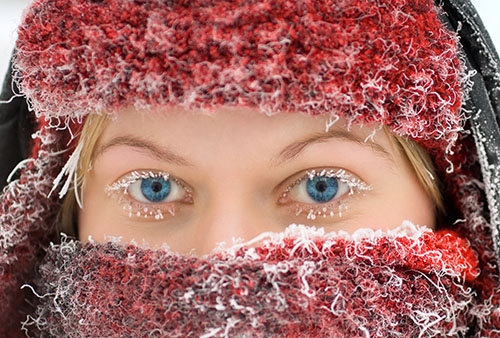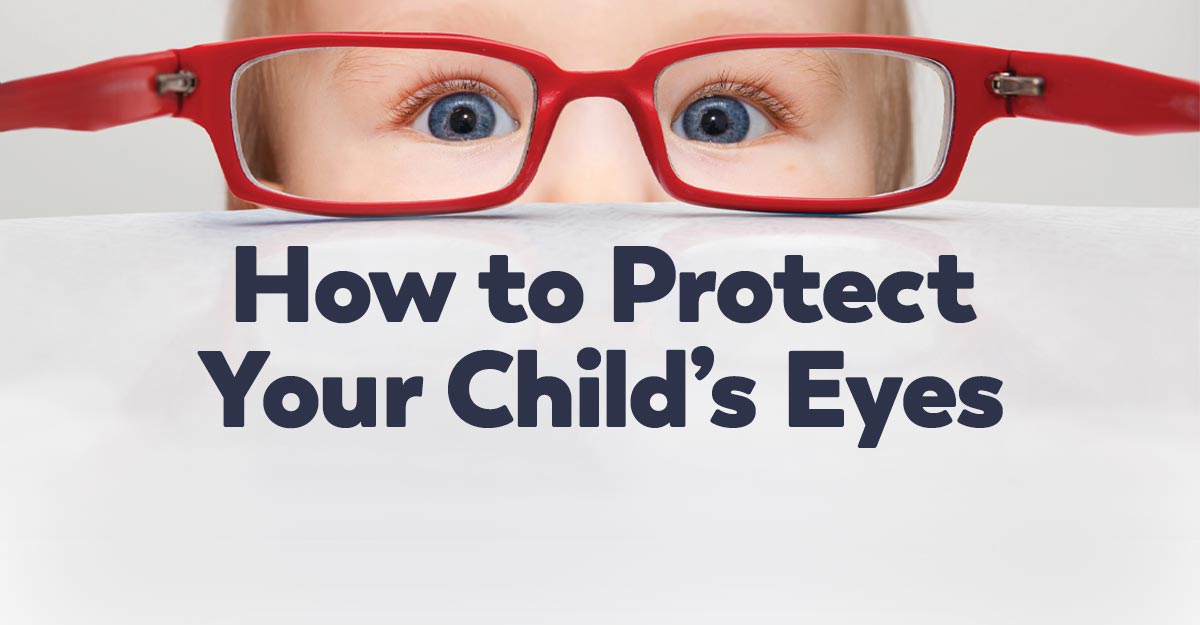Juvenile arthritis does not just affect your child’s joints but can also cause several potentially serious eye disorders. Although your child’s eye doctor will monitor him or her for signs of problems, it’s important to familiarize yourself with these common eye problems and their symptoms.
Inflammation Can Cause Vision Problems
Uveitis, a type of eye inflammation, is the most common type of eye problem experienced by children who have juvenile arthritis. The uvea is the middle layer of the eye and is made up of the colored iris, the choroid and the ciliary body. The choroid is a layer of tissue that contains blood vessels, while the ciliary body helps you focus on objects by changing the shape of the lens and size of the pupils. Five to 10 percent of uveitis cases occur in children, according to The Ocular Immunology and Uveitis Foundation. Inflammation of the uvea can cause scarring and other problems that interfere with your child’s vision. If uveitis is severe, it can even lead to blindness.
Unfortunately, symptoms of uveitis may be very subtle. In many cases, the only way to tell if your child has the inflammation is with an examination by an eye doctor. The problem usually does not cause any pain, although some children may notice blurred vision or light sensitivity. In some cases, the first indication that your child has juvenile arthritis may be a uveitis diagnosis. The disorder can also develop long after his or her diagnosis and may even happen if the disease has gone into remission. Uveitis can cause several complications that can damage your child’s vision, including:
- Cataracts. Cataracts occur when the normally clear lens inside of the eye becomes cloudy. If the cataract is small, it probably will not affect your child’s vision. Large cataracts can make it difficult to see clearly. Your child’s eye doctor may recommend surgery to remove it if it interferes with vision. Failing to remove a large cataract can cause permanent vision problems in young children because the cloudy lens may interfere with the development of the part of the brain responsible for vision.
- Glaucoma. Increased pressure inside the eye can cause irreversible damage to the optic nerve that connects the eye to the brain. Glaucoma often has no symptoms until it has already caused permanent vision damage. If your child does develop symptoms, they may include enlarged eyes, sensitivity to light, hazy corneas and vision loss.
- Optic Neuritis. Optic neuritis develops when the sheath that surrounds the optic nerve becomes damaged due to inflammation. IV and oral steroids can help your child recover from optic neuritis, although in severe cases, the damage may be permanent. Symptoms may include flashing lights, loss of vision, color vision or peripheral vision loss and pain that intensifies when your child moves his or her eyes.
Regular Eye Examinations Are a Must
If your child has juvenile arthritis, his or her rheumatologist may recommend that he sees an eye doctor every six to 12 months. These appointments are particularly important since uveitis symptoms are not usually obvious. If the doctor does notice a problem during the examination, treatment to save your child’s vision will begin immediately.
Does your child have juvenile arthritis? We can help you protect his eyesight with comprehensive eye examinations. Call us today to schedule your child’s exam.
At some point in their lives, most kids have at least one of these common eye problems.
Conjunctivitis
Commonly called pink eye, conjunctivitis causes your child’s eye to look pink or red. A bacterial or viral infection is the cause, and symptoms often occur when children have colds or other upper respiratory infections. Viral infections will go away on their own, but your child will need antibiotic eye drops or ointment if the problem is caused by bacteria.
Styes and Chalazia
Styes are small painful bumps on the eyelid that form due to a bacterial infection in an eyelash follicle, while chalazions are larger painless eyelid lumps. Treating both conditions with warm compresses helps them drain. If they do not go away on their own, your eye doctor may need to drain them.
Cellulitis
Cellulitis, an inflammation of the skin of the eyelid or the eye socket, causes pain, decreased vision, fever, redness and swelling and may also cause the eyes to protrude. Your child may be more likely to develop cellulitis if he or she has sinusitis, an allergic reaction or a chalazion, or has been bitten by an insect. Because cellulitis can lead to permanent vision loss, it’s important to call your optometrist immediately if you notice any of these symptoms.
Sources:
WebMD: How Juvenile Arthritis Affects the Eyes, 4/15/15
http://www.webmd.com/rheumatoid-arthritis/guide/how-juvenile-arthritis-affects-the-eyes#1
Cleveland Clinic: How Juvenile Rheumatoid Arthritis Affects the Eyes
Mayo Clinic: Uveitis, 4/13/15
http://www.mayoclinic.org/diseases-conditions/uveitis/basics/definition/con-20026602
All About Vision: Optic Neuritis and Neuropathy
http://www.allaboutvision.com/conditions/optic-neuritis.htm
National Eye Institute: Facts About Glaucoma
https://nei.nih.gov/health/glaucoma/glaucoma_facts
The Ocular Immunology and Uveitis Foundation: Pediatric Uveitis
http://www.uveitis.org/docs/dm/pediatric_uveitis.pdf
American Academy of Ophthalmology: Childhood Eye Diseases and Conditions, 11/1/13
https://www.aao.org/eye-health/tips-prevention/common-childhood-diseases-conditions
American Academy of Pediatrics: Eye Infections in Infants and Children, 2/2/16
https://www.healthychildren.org/English/health-issues/conditions/eyes/Pages/Eye-Infections.aspx






